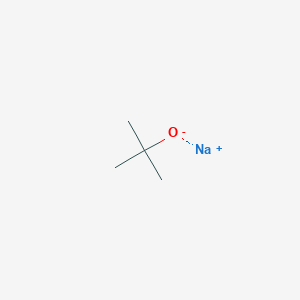The watermelon fruit is the main fruit in summer. In addition to containing a large amount of water in mature fruits, the sugar content of (17) fries on vine vines is generally 5 to 12%, including glucose, fructose and sucrose. Sweetness increases with the increase of sucrose at the late mature stage. The sweetness during post-harvest storage is reduced by the hydrolysis of disaccharides into monosaccharides. The following is the management method of watermelon planting brought by the experts of Ginbo Sweetening. Golden treasure to add coloring agent —"" To purchase a golden treasure to add a coloring agent, click here "" - 1. The roots of watermelon are deep-rooted, with a primary root depth of more than 1 meter and lateral roots extending up to 4-6 meters. The main root groups are distributed within 10-40 centimeters of the soil layer. The regenerative ability of the root is weak, and it is not easy to recover after injury. Live production is often used. If seedlings are transplanted, the roots must be maintained. 2. Be careful not to focus on fertilization during planting. Unripe farmyard fertilizers will be fermented after being applied to the soil, which will produce high temperatures and a lot of harmful gases. Usually, it will cause the roots of the watermelon to die, so it must be noted. Do not concentrate on fertilization. 3, be careful not to plant too deep. Now the friends of Guaon are all using grafted seedlings for production. The grafting of watermelons uses varieties that are prosperous and resistant and have strong resistance, and they are grafted and cultivated. Satisfy the water and fertilizer demand of watermelon, and effectively improve the disease resistance of watermelon. If the planting is too deep, the watermelon will give birth to the regenerative root, then the grafting effect will be lost and the purpose of grafting will not be achieved; 4, be careful not to spray at noon or evening. Noon spraying temperature is too high, leaf water transpiration fast, the drug has not absorbed, it dried; late spraying just the opposite of noon, because the spray is not completely absorbed by the watermelon leaves, it will break down due to moisture, Failing to achieve the goal of treatment, it will aggravate the disease. 5, be careful not to fall too low. A one-time fall is too low, will lead to reduced light receiving area of ​​the leaves, affecting the photosynthetic efficiency, and then affect the normal growth of melons. 6, watermelon to sweeten. Peach and plum fruit is not sweet, less half the money to sell! Kind of melon people are ashamed and impatient. Fruits should be added, use the sweetening coloring agent, this product is Japan's latest high-end microbiology engineering technology products, rely on microbes to improve photosynthesis, sugar, sweeten, no hormones, environmental protection and safety. There are dozens of fruits and vegetables such as watermelons, grapes, grassy mildew, apples, tomatoes, cantaloupe, dates, etc. Features: Active Factor + Monosaccharide + Fertilizer + Rare Earth. This product is applied in Japan's latest bio-engineering technology, and it is specially developed for some fruits and vegetables such as grapes, peaches, watermelons, tomatoes, pears, apples, apricots, plums, dates, melons, melons, strawberries, etc. with high appearance and intrinsic quality requirements. Formulated, using this product can significantly overcome the shortcomings of the previous use of hormones and growth regulators. Sodium Tert-butoxide CAS No.865-48-5 Sodium Tert-butoxide Chemical Information
Sodium Tert-butoxide Structure
Sodium Tert-butoxide Application
1. Used as an intermediate for organic synthesis and Pharmaceutical Intermediates Sodium Tert-Butoxide,Sodium Tert Butoxide Cas No,Sodium Tert Butoxide Synthesis,Sodium Tert-Butoxide Mechanism Shandong YingLang Chemical Co.,Ltd , https://www.sdylhgtrade.com
Density 1,104 g/cm3
Boiling Point 180°C/1mmHg
Melting Point 180 °C
Molecular Formula C4H9NaO
Molecular Weight 96.103
Flash Point 12°C
Storage condition Flammables area
Water Solubility reacts

2. As a strong base, it is widely used in the condensation, rearrangement and ring opening reactions in organic synthesis such as chemical, pharmaceutical and pesticide.
Watermelon sweetening plant management
Next Article
There are several reasons why pears do not result
Prev Article
How to judge humic acid fertilizer is true?